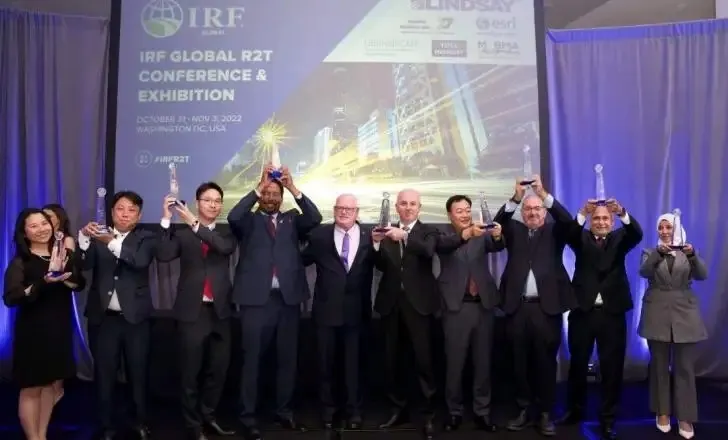The TSS (Transport Simulation Systems) team is using ITS America 2016 San Jose to showcase the latest developments to the Sandag (San Diego Association of Governments) integrated corridor management system on Interstate 15 in San Diego. Fresh from picking up yet another award last month (the California Transportation Foundation award for Operational Efficiency Program), this pioneering ICM project centres around a decision support system for which TSS provides the Aimsun Online modelling tool.
Thanks in
June 14, 2016
Read time: 2 mins

The TSS (2195 Transport Simulation Systems) team is using ITS America 2016 San Jose to showcase the latest developments to the Sandag (San Diego Association of Governments) integrated corridor management system on Interstate 15 in San Diego. Fresh from picking up yet another award last month (the California Transportation Foundation award for Operational Efficiency Program), this pioneering ICM project centres around a decision support system for which TSS provides the Aimsun Online modelling tool.
Thanks in large part to the success of the ICM system, last year USDoT added the Sandag ICM network to the Dynamic Mobility Applications (DMA)-Active Transportation and Demand Management (ATDM) Analysis, Modelling and Simulation (AMS) test bed project.
“Since last year we’ve made a lot of progress on the ATDM/DMA test bed” said principal consultant, Matthew Juckes. “With an analysis plan in place we are now developing the tools needed to model both the communications and functionality of connected vehicles within the platform, including intelligent network flow optimisation and cooperative adaptive cruise control, with others on the short-term horizon.”
The system has been running in an automated stage since March 2014, taking automatic control of signals and ramps when recommended by the simulated evaluations. A very recent update is the introduction of 40 alternate route signs along the arterials to guide drivers through the surface streets from, and to, the highway during a diversion. This, in addition to newly enhanced local street detection coverage, continues to improve the quality of the system and its ability to improve mobility through the corridor.
Thanks in large part to the success of the ICM system, last year USDoT added the Sandag ICM network to the Dynamic Mobility Applications (DMA)-Active Transportation and Demand Management (ATDM) Analysis, Modelling and Simulation (AMS) test bed project.
“Since last year we’ve made a lot of progress on the ATDM/DMA test bed” said principal consultant, Matthew Juckes. “With an analysis plan in place we are now developing the tools needed to model both the communications and functionality of connected vehicles within the platform, including intelligent network flow optimisation and cooperative adaptive cruise control, with others on the short-term horizon.”
The system has been running in an automated stage since March 2014, taking automatic control of signals and ramps when recommended by the simulated evaluations. A very recent update is the introduction of 40 alternate route signs along the arterials to guide drivers through the surface streets from, and to, the highway during a diversion. This, in addition to newly enhanced local street detection coverage, continues to improve the quality of the system and its ability to improve mobility through the corridor.










